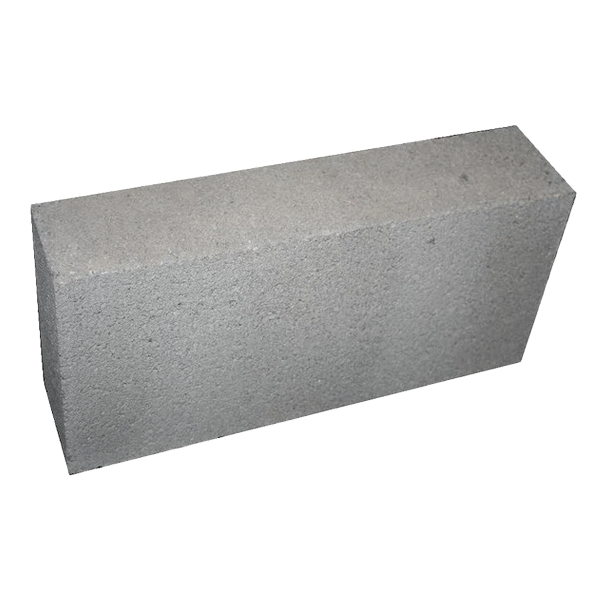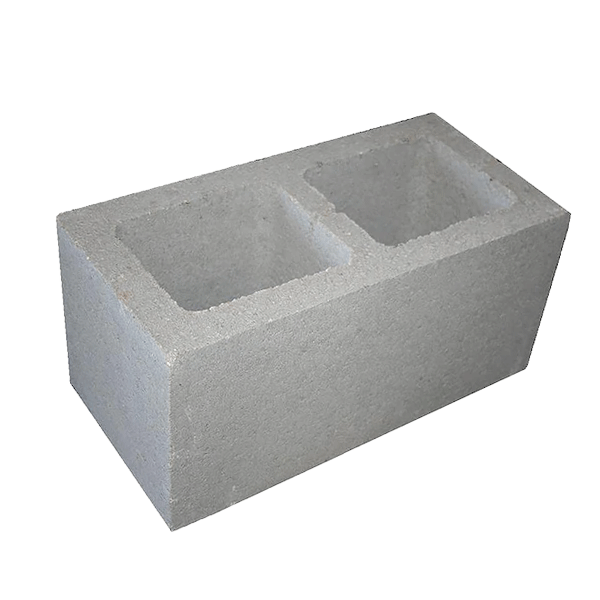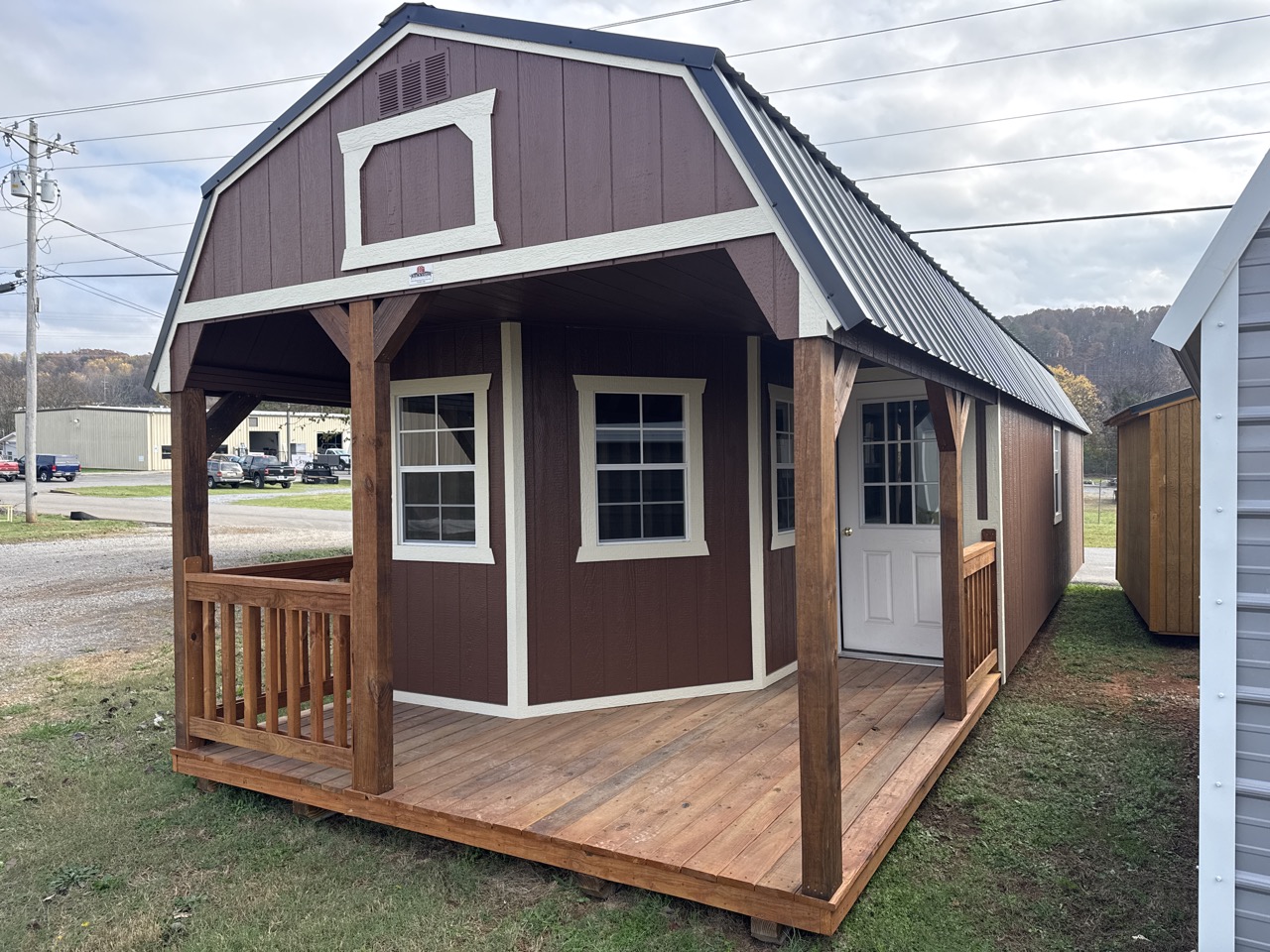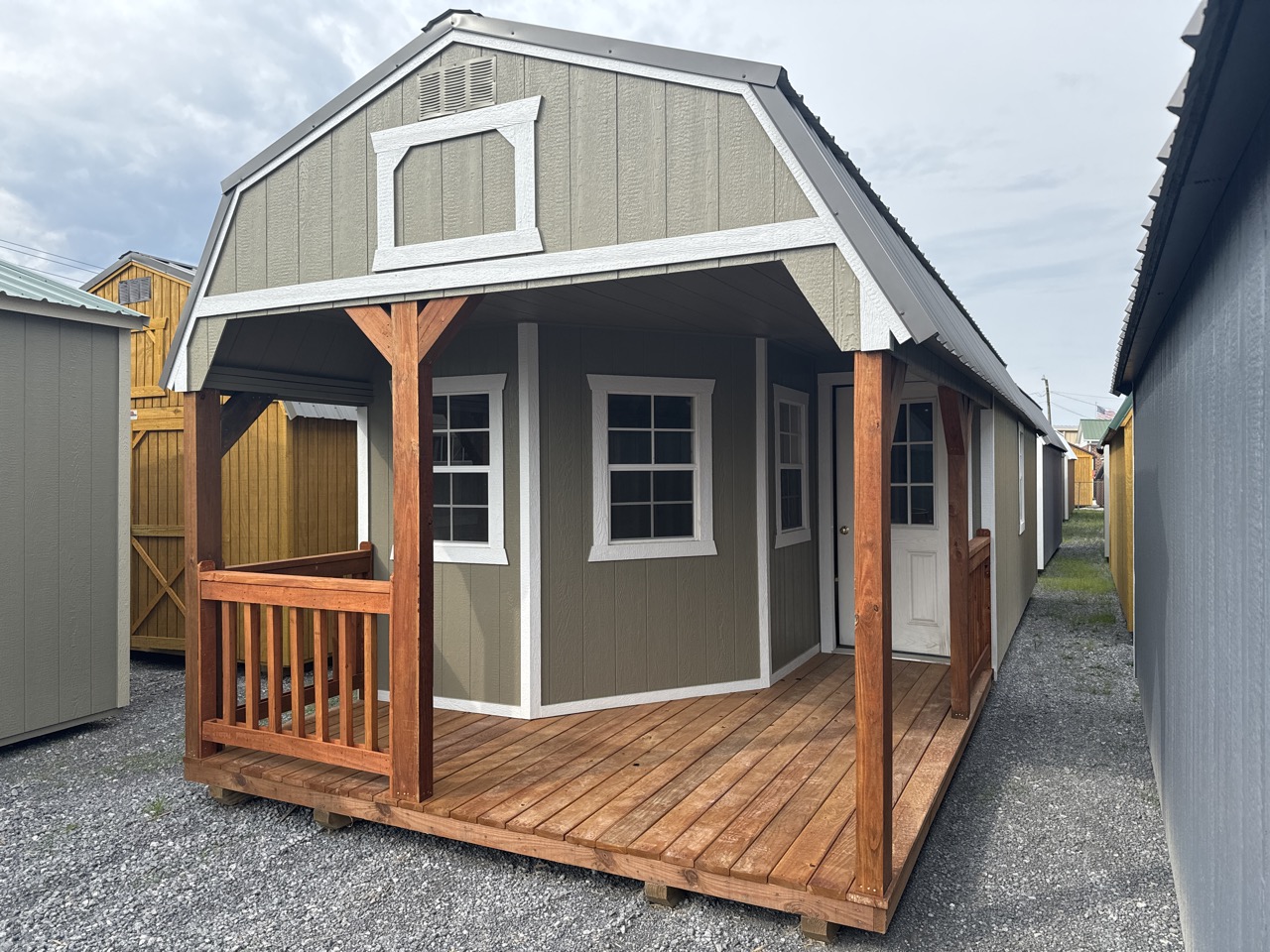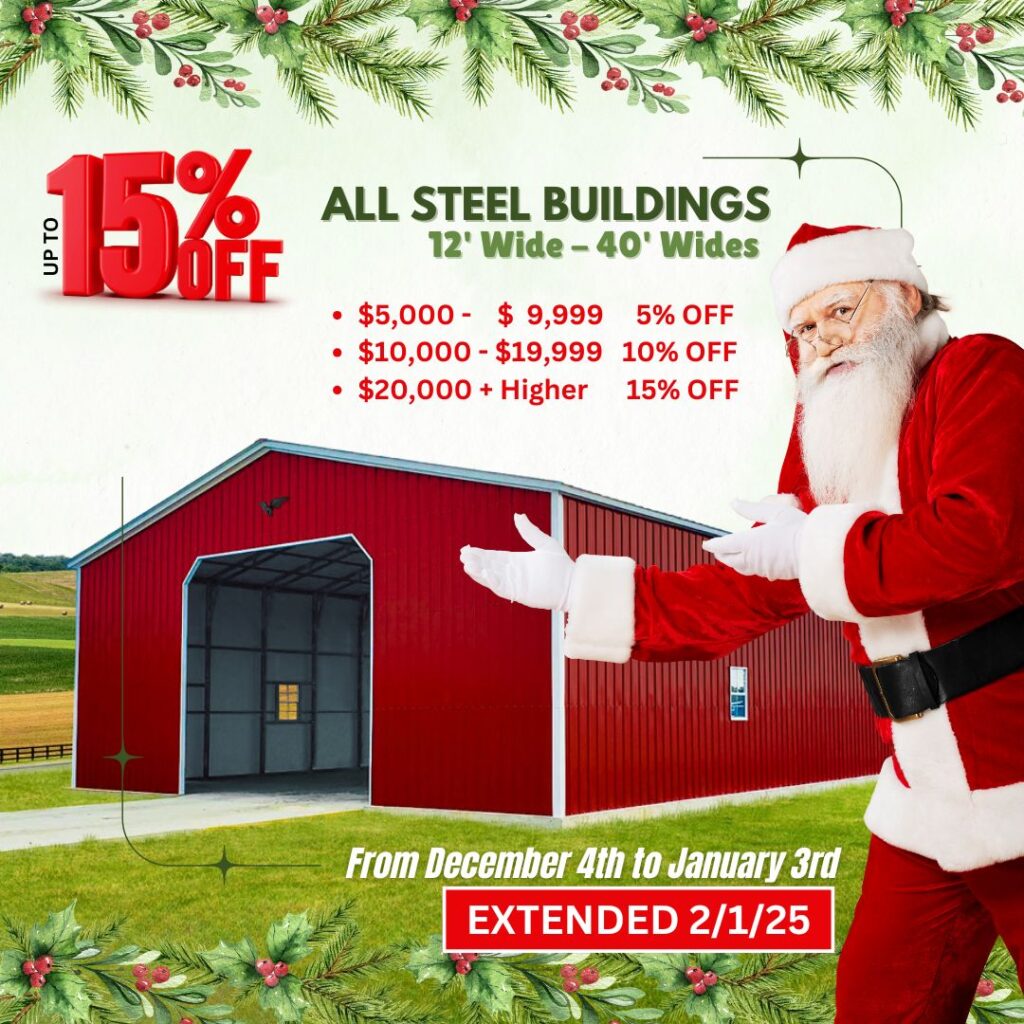Shed foundations are the unsung heroes of our backyard buildings, providing the stability and durability that keep our storage and workspaces high and dry. But not all foundations are created equal. Let’s dive into the world of shed foundations and discover which one might just be the “foundation” of your backyard bliss.
The Cornerstone of Your Shed: Choosing the Right Foundation
When it’s time to install a shed, you might ponder: What is the best shed foundation? The answer isn’t one-size-fits-all but depends on factors like budget, land, and how you plan to use the shed.
1. Concrete Foundations: Rock-Solid and Reliable
Starting with the concrete foundation — this is the heavyweight champion of shed foundations. It’s incredibly durable and resistant to the whims of Mother Nature, be it rain, snow, or termites. However, it can put a significant dent in your wallet, which makes it a less common choice for those on a tighter budget.

2. Gravel Shed Foundations: The Middle Ground
The gravel shed foundation is a step down in cost but not in effectiveness. It offers excellent drainage, preventing water from pooling and causing wood rot or rust. Plus, it’s easier to DIY than pouring concrete, meaning you can save on labor costs.
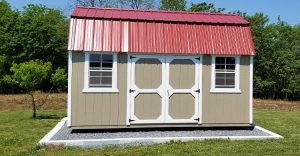
3. Shed Foundation Blocks: The Popular Kid on the Block
Shed foundation blocks are where practicality meets affordability. They’re quick to place, relatively inexpensive, and provide a sturdy enough base for most backyard sheds. The key here is to space them properly — every 5 feet along the shed’s skids — to prevent sagging and ensure even support.
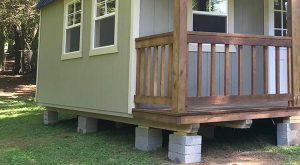
4. Ground Contact: Easy but Risky
Lastly, setting your shed directly on the ground is undoubtedly the least expensive option, but it’s a gamble. Ground moisture can seep in, causing the wood to deteriorate prematurely. If you’re storing items that can withstand a bit of moisture and aren’t worried about the long-term implications, this might work for you.
A Shed Foundation That Lasts
If you’re leaning towards a DIY approach for your shed foundation, it’s essential to know how to build a shed foundation that will stand the test of time. Whether you’re laying concrete, spreading gravel, or setting blocks, a level base is crucial. Make sure to measure twice and level once to avoid a leaning tower of garden tools!
The Verdict on the Best Shed Foundation
So, what’s the verdict? If you have the budget and are looking for longevity, a concrete foundation is unbeatable. Gravel is a great middle-of-the-road option for a balance of cost and effectiveness. However, the shed foundation blocks strike a chord with the majority, offering a practical solution without breaking the bank.
A Few More Tips for Your Shed Foundation
Whatever foundation you choose, consider a few extra steps to protect your investment. Ensure adequate drainage around your shed, perhaps with a slight elevation of the site. And always check with your local building codes and HOA rules — they may have a say in what type of foundation is permissible.
Wrapping It Up
Choosing the right foundation for your shed isn’t just about cost or convenience; it’s about giving your shed a stable and long-lasting home. Whether you opt for the security of concrete, the practicality of gravel, or the affordability of block foundations, your choice will lay the groundwork for years of backyard enjoyment.
Remember, your shed does more than just store tools; it’s a focal point in your garden, a workspace, and maybe even a sanctuary. So give it the foundation it deserves, and it will repay you with years of service. If you’re looking to delve even deeper, you might check out a Wikipedia page on foundations for more technical details!
It is important to note that Athens Barn Center offers FREE DELIVERY and installation within 50 miles of the Athens Location. While we do not provide concrete pads or gravel pads, you can purchase shed foundation blocks from your local hardware / home improvement store.
NOTE ABOUT SHED BLOCKS
